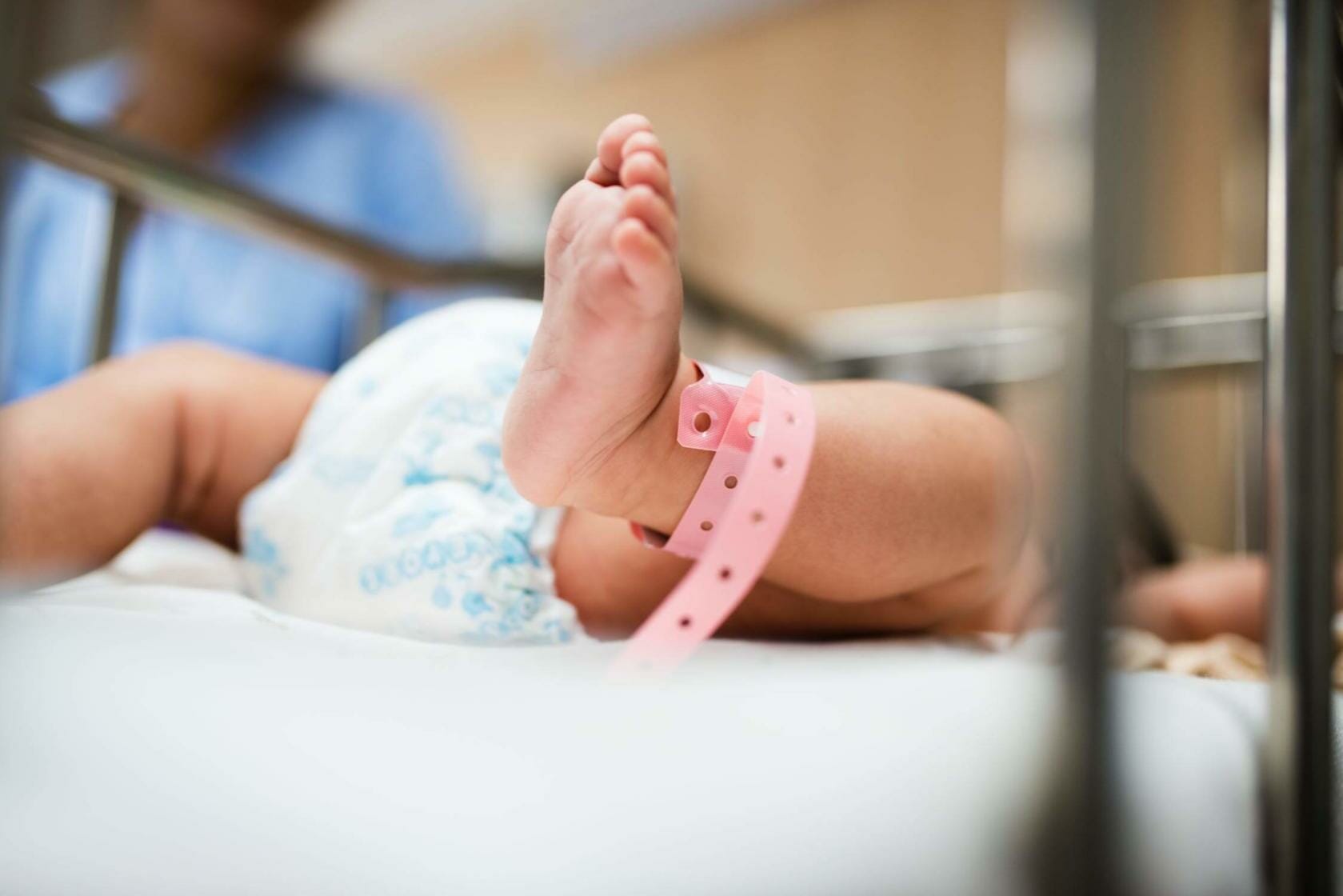Baby Safety Month: Childproofing Your Home
Childproofing your home is an essential part of preparing for a baby. As your child grows, you will need to adjust your childproofing based on their mobility and understanding of the hazards around them. Here are some quick tips to get you started on building a safe, hazard-free environment for your baby.
General Childproofing Tips
- Use safety gates — Safety gates at the top and bottom of stairs and in doorways of rooms with hazards can help keep your child safe from injury. Experts recommend that hardware-mounted gates be used at the top of staircases instead of expanding pressure bars, due to the increased risk of injury associated with stair falls.
- Use doorknob covers — Similar to gates, doorknob covers can restrict your child’s access to different parts of your home and keep them from rooms with hazards. These are especially useful for high-hazard areas like garages, home exits, and laundry rooms. When purchasing doorknob covers, be sure they are easy for adults to use in case of emergency.
- Use corner and edge bumpers — Adding bumpers to furniture and features with sharp or hard edges can protect against head injuries, eye injuries, bruises, and fractures.
- Keep furniture away from high windows — Moving furniture away from windows with help prevent children from climbing onto windowsills. Screens are not strong enough to keep a child from falling through a window.
- Avoid blinds with looped cords — Window blinds with looped cords can pose a strangulation hazard for children. It is recommended that blinds, shades, and draperies purchased before 2001 be repaired or replaced with updated models.
- Remove free-falling lids — Heavy, unhinged lids can pose a hazard to small children. Toy chests should have a lid that can be locked open or a very light, removable lid.
- Secure and anchor furniture — Any furniture that is prone to tipping (i.e. bookcases, shelving, wall units, televisions, dressers) should be secured to a wall with brackets or anchors. Also, keep heavier items on bottom shelves and in bottom drawers to reduce fall hazards and increase the furniture’s stability.
- Use Non-Toxic Nursery Products — When setting up your nursery, avoid potentially dangerous and toxic materials like PFAS chemicals, PVC, lead, and other heavy metals. Instead, consider these eco-friendly, non-toxic nursery products.
Childproofing Your Kitchen
- Install safety latches — Install safety latches on ALL cabinets and drawers to keep children from accessing household products. If you think a product may be poisonous or a hazard, err on the side of caution and lock them away. Always store household products and medicine away from food and beverages.
- Put it on the back burner — Use your stove’s back burners when cooking and place handles towards the back of the stove to keep hot pots and pans and scolding liquids out of your child’s reach.
- Keep kitchenware out of reach — Knives, glassware, cooking utensils, and appliances should be placed out of reach and away from the edges of counters and tables.
- Use visual reminders — Use stickers to label poisonous products. Also, keep the poison center number (1-800-222-1222) somewhere visible.
- Do NOT leave kitchen products unattended — If you need to answer the door, answer the phone, or go to another room, either lock the products away or take the products with you.
- Install outlet protectors or safety caps — Outlet protectors are fast to install and can save your child’s life. If an outlet is not in use, keep it covered.
Childproofing Your Bathroom
- Install safety latches — Again, install safety latches on ALL cabinets and drawers to keep children from accessing household products. If you think a product may be poisonous or a hazard, err on the side of caution and lock them away.
- Install toilet locks — Children are more top-heavy than adults and can lean and fall into open toilets. This is a drowning hazard. Installing toilet locks can keep lids closed.
- Install anti-scalding devices — Anti-scalding devices should be placed on faucets and showerheads. Never set the water heater thermostat higher than 120 degrees. It takes just 3 seconds for a child to sustain third-degree burns from water at 140 degrees.
- Unplug hair dryers and electric rollers — If a hairdryer, roller, or straightener is not in use, it should be unplugged and a cover should be placed over the outlet. They can pose a burn hazard as well as an electrical hazard if near a water source.
Contact an Experienced Child Injury Attorney
While taking a proactive approach to your child’s safety can reduce your child’s risk of injury, you cannot prevent the negligence of others. If your child sustained a serious injury due to a defective product or the wrongdoing of a third party, contact Thomas J. Henry. Our experienced child injury lawyers are available 24/7, nights and weekends. Call us today for a free legal consultation.


